The incredible story of Lord Byron's daughter Ada Lovelace, the world's first computer programmer
3-4 minute read
By The Findmypast Team | February 26, 2020
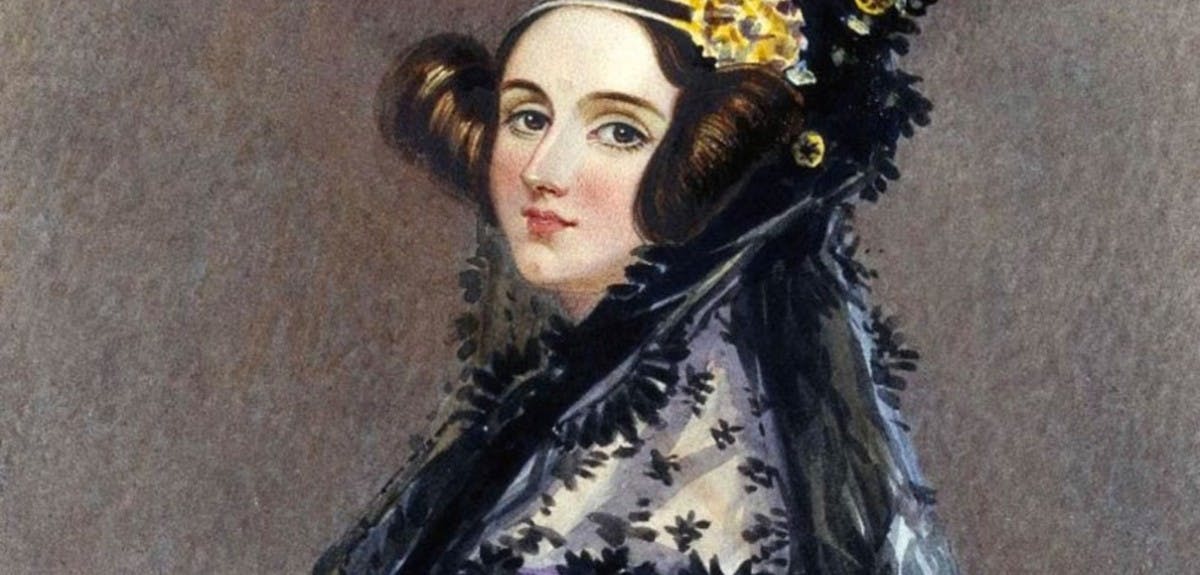
As the achievements of women in science, technology, engineering and mathematics are celebrated across the world as a part of Ada Lovelace Day, we take a look at the story of the extraordinary woman herself.
Ada was born in London in 1815. Her father was the renowned poet Lord Byron and her mother, Anne Isabella Milbanke, was a highly-educated baroness with a strong knowledge of science and mathematics.
Ada's parents separated when she was just five weeks old, due to Byron's hostile behaviour as well as a well-documented suspicion of incestuous relations between Byron and his sister. All too soon Anne went from being known by Byron as the “Princess of Paralellograms" to the “Mathematical Medea".
"Ada's parents separated when she was five weeks old, due to Byron's hostile behaviour and suspicion of incestuous relations between Byron and his sister."
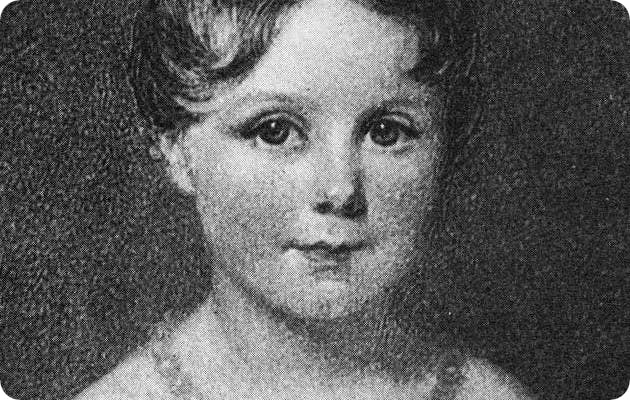
Ada went on to be raised by Anne, as well as spending a lot of time with Anne's family and friends. Her mother led a strongly mathematic and scientific education, discouraging literature, in an effort to refute any madness from her father's side of the family. Anne was strict in her tutoring and often shut Ada inside a closet as discipline.

The record of Ada's birth in 1815 - her father's occupation simply reads "Lord Byron".
At the age of 12 Ada started experimenting with flight. In 1828, long before either of the Wright Brothers were even born, Ada was studying the anatomy of birds and experimenting with different wing sizes, materials and construction methods.
"In 1828, long before either of the Wright Brothers were even born, Ada was studying the anatomy of birds and experimenting with different wing sizes "
She eventually came up with a design, which she detailed in an account of her studies she titled
Flyology, “in the form of a horse with a steam engine inside". When Ada's mother realised that Ada was neglecting her studies in pursuit of her flying machine further research was discouraged.
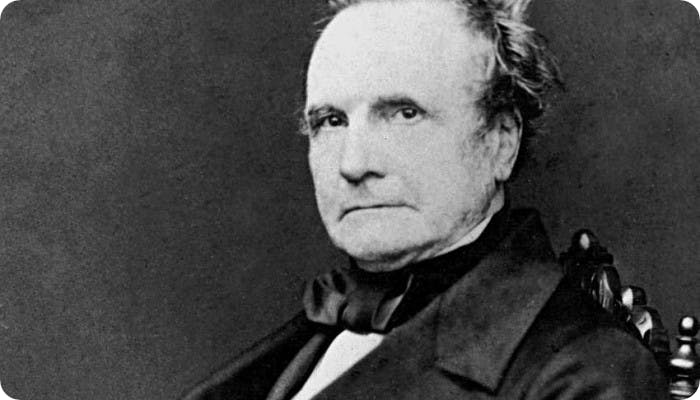
Ada first met Charles Babbage at a party in 1833. They had a mutual acquaintance in the form of Ada's tutor, Scottish science writer and joint first female member of the Royal Astronomical Society, Mary Somerville. The two became acquainted and often went on walks together to discuss mathematical concepts.
Almost ten years later in 1842 Ada was enlisted to translate an account of a lecture Babbage gave on his Analytical Engine at the University of Turin by a young Italian engineer called Luigi Menabrea (Menabrea would later go on to become the Italian prime minister).
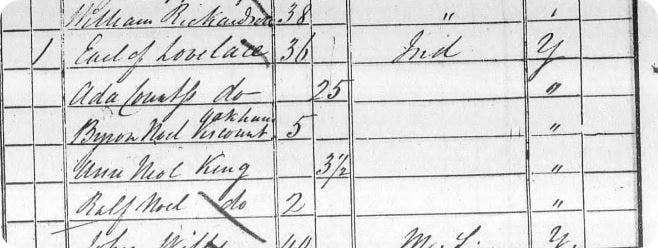
We tracked down Ada in our 1841 census records - at the time she was 25 and living on St James's Square with her husband, Earl of Lovelace, and her three children, Byron, 5, Anne, 3.5, and Ralph ("Ralf"), 2.
Ada spent the good part of a year working on the translation. The concepts were extremely complex but, collaborating with Babbage to work out some of the more difficult calculations, Ada managed to produce a cohesive account.
She even spotted an error Babbage had made in the formula, resulting in the discovery of the first computer bug. Charles Babbage was impressed with her mathematical ability and came to know her as the “Enchantress of Numbers".
"Charles Babbage came to know her as the "Enchantress of Numbers""
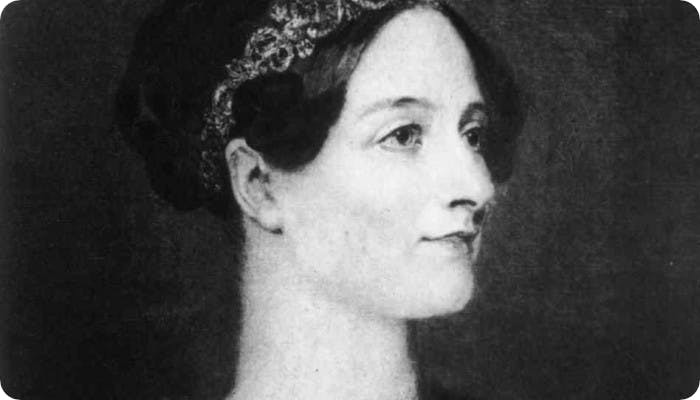
When the translation was finally completed Ada attached a set of notes (longer than the memoir itself) explaining the function of the machine and describing how the engine would be able to compute a sequence of Bernoulli numbers. This description contained the world's first computer algorithm which, had the machine been built, would have been successful.
Ada dubbed her work as “poetical science", a fusion of imagination and science which she attributed to her parents. She died of cancer at the age of 36.
Discover the surprising story behind the Nobel Prize and the "Merchant of Death"
Related articles recommended for you
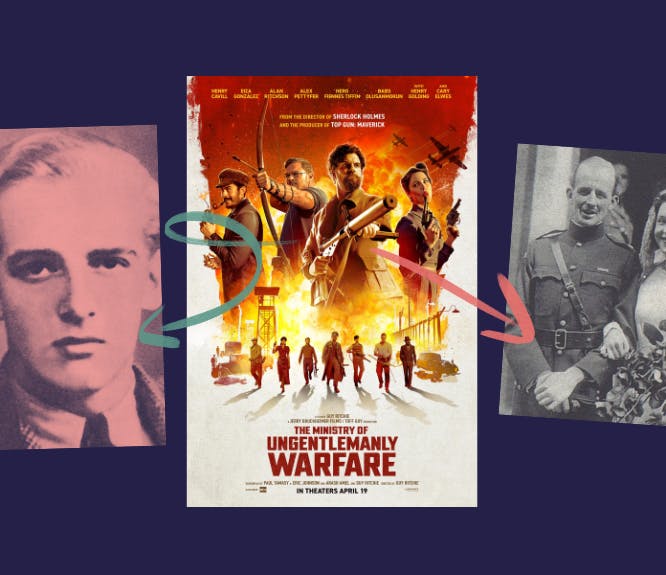
The incredible true story behind The Ministry of Ungentlemanly Warfare
History Hub
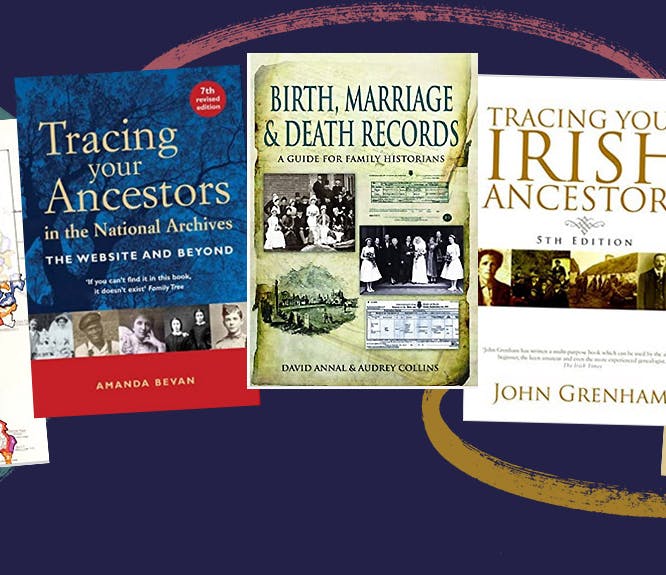
Five family history books for getting started in genealogy: our experts' recommendations
Help Hub
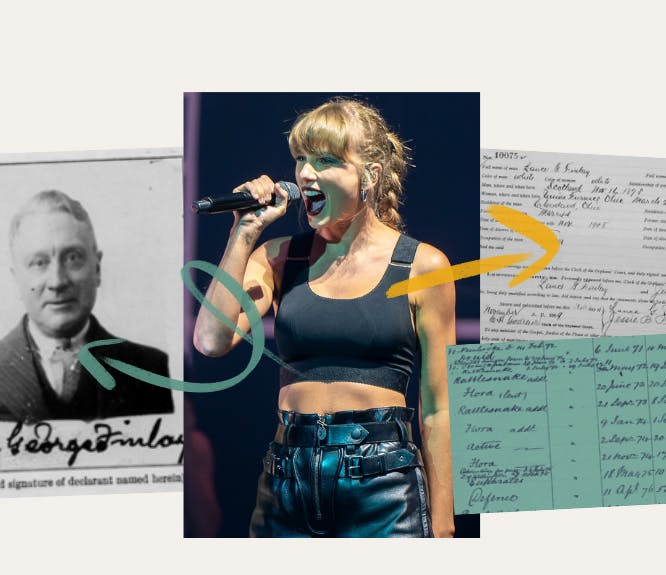
Taylor Swift’s family tree shines with love, heartbreak and the triumph of the human spirit
Discoveries

